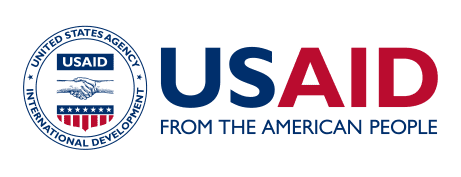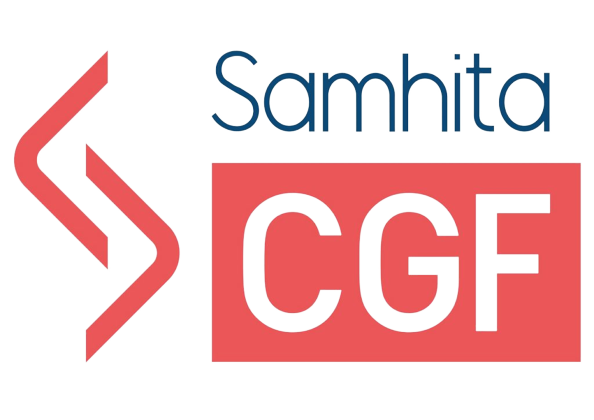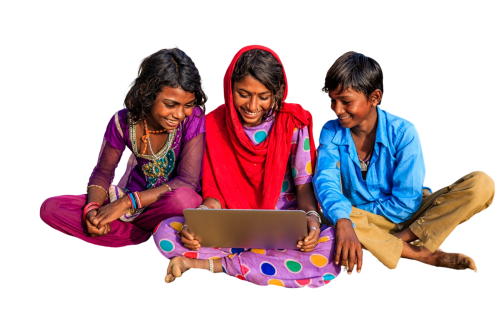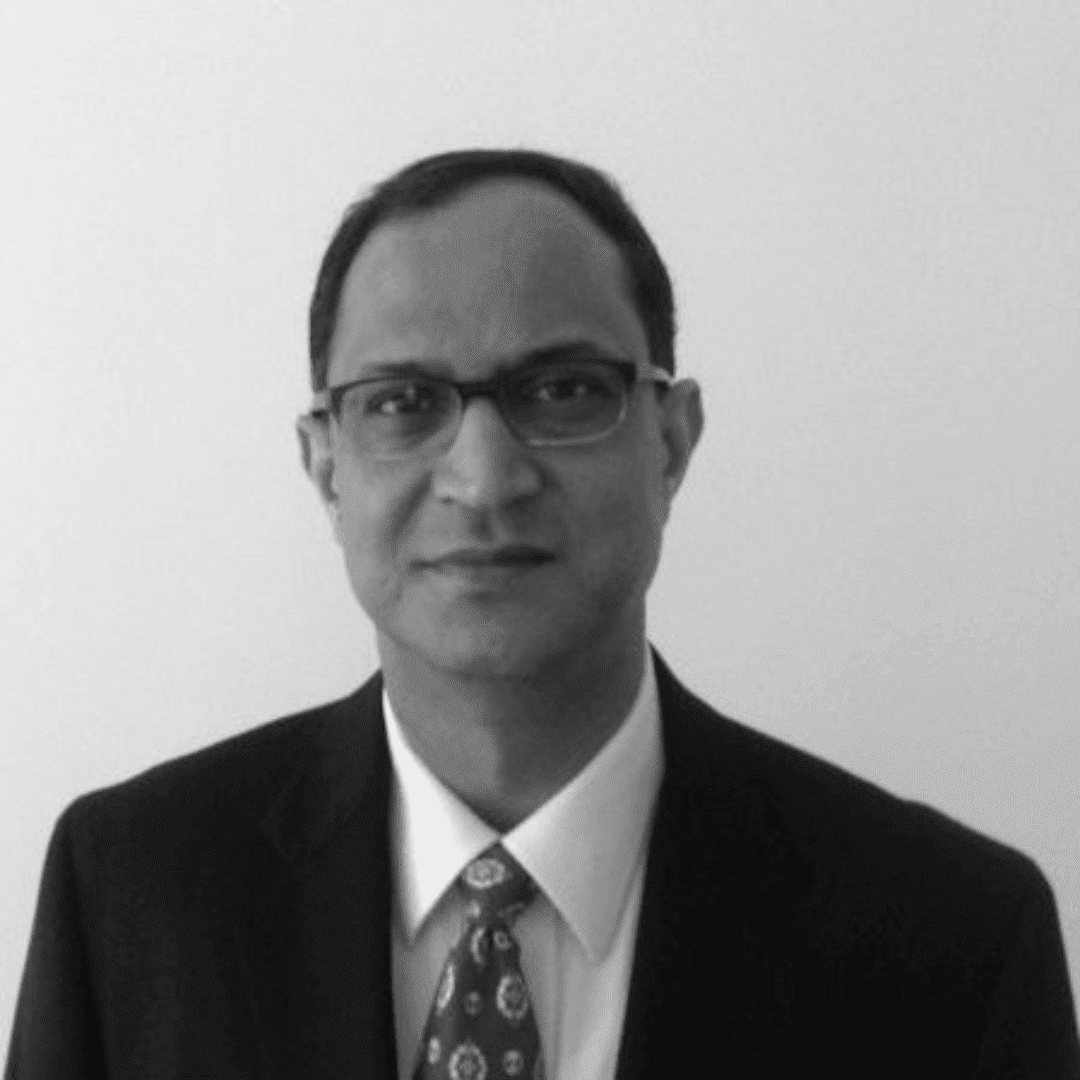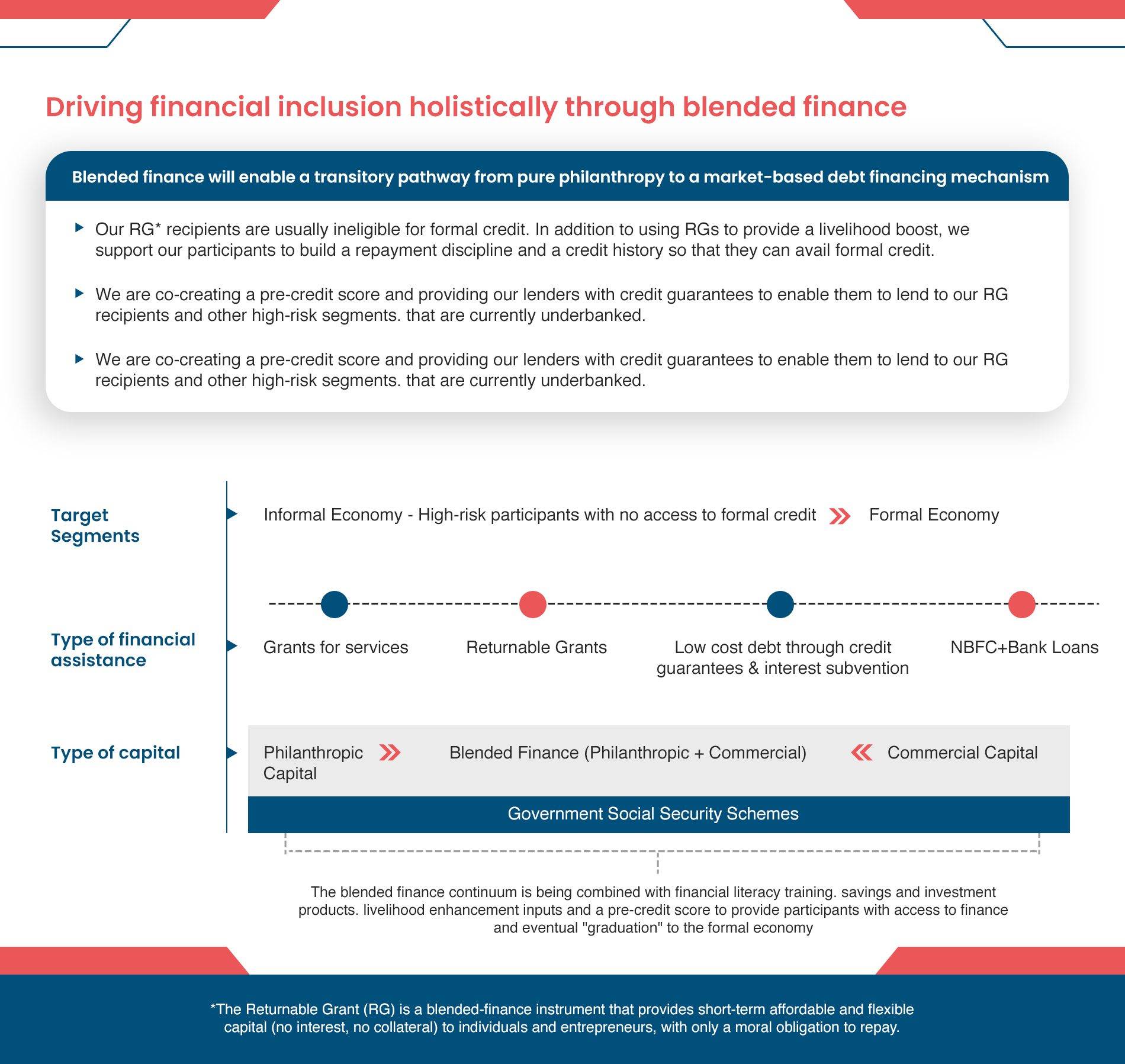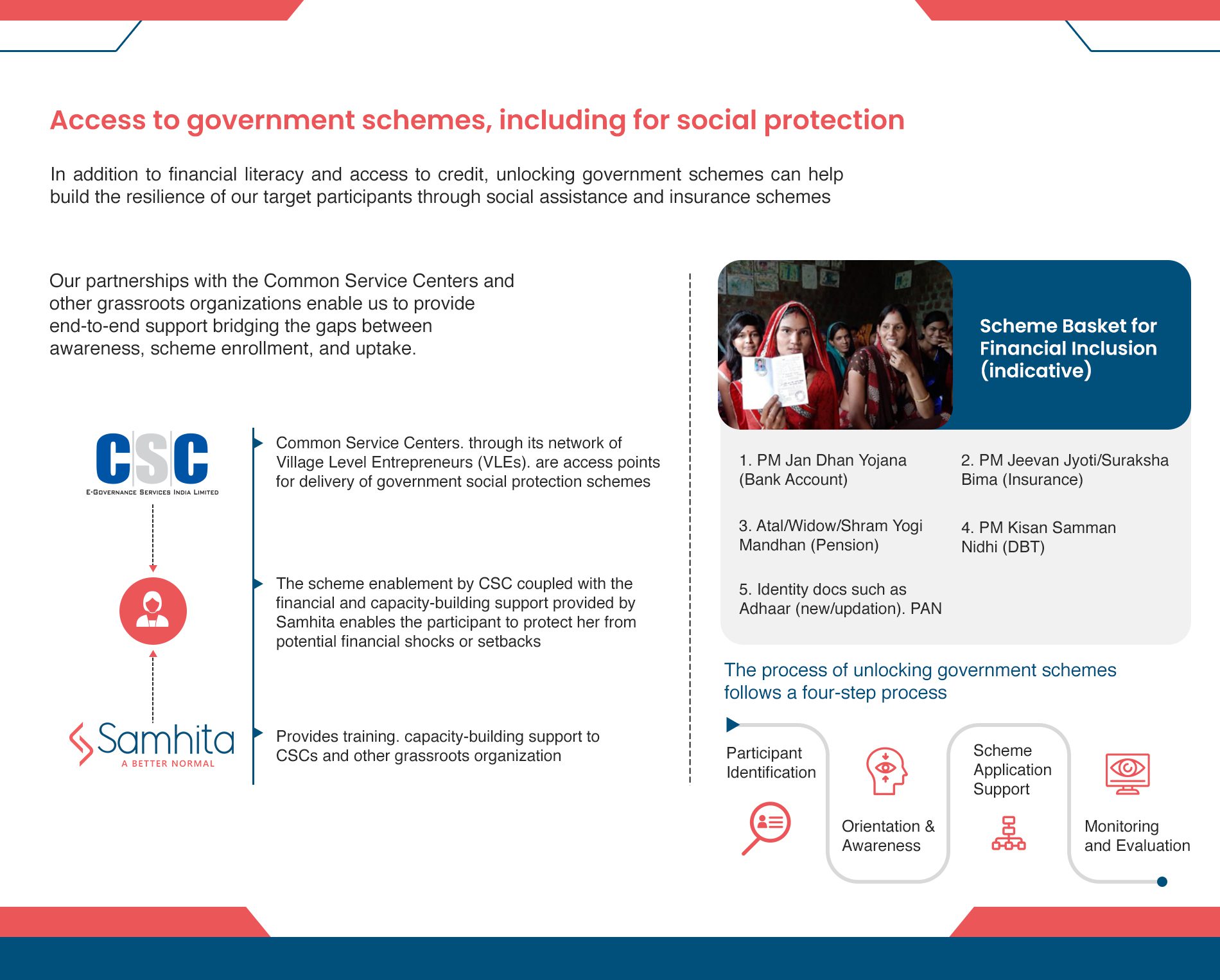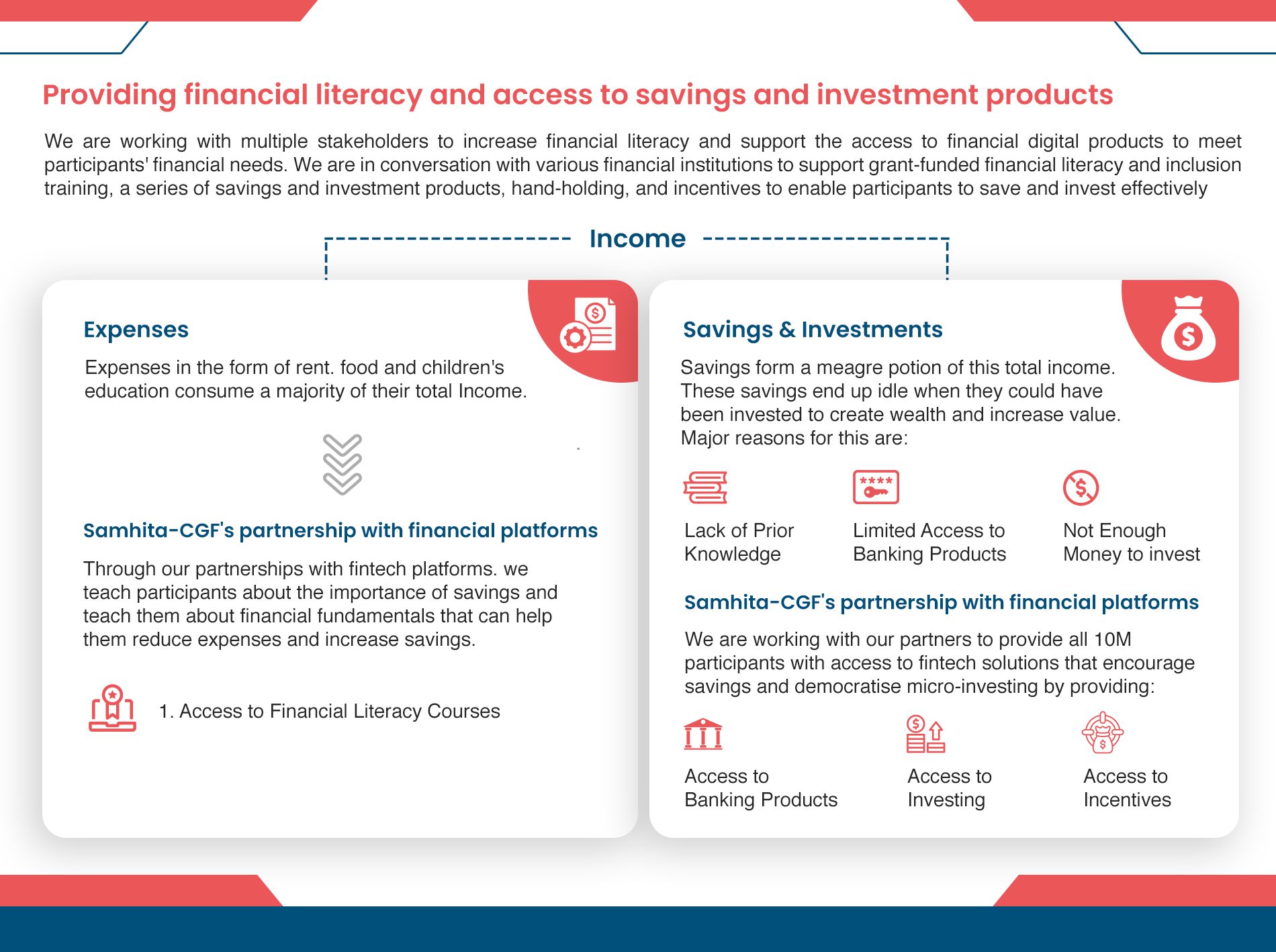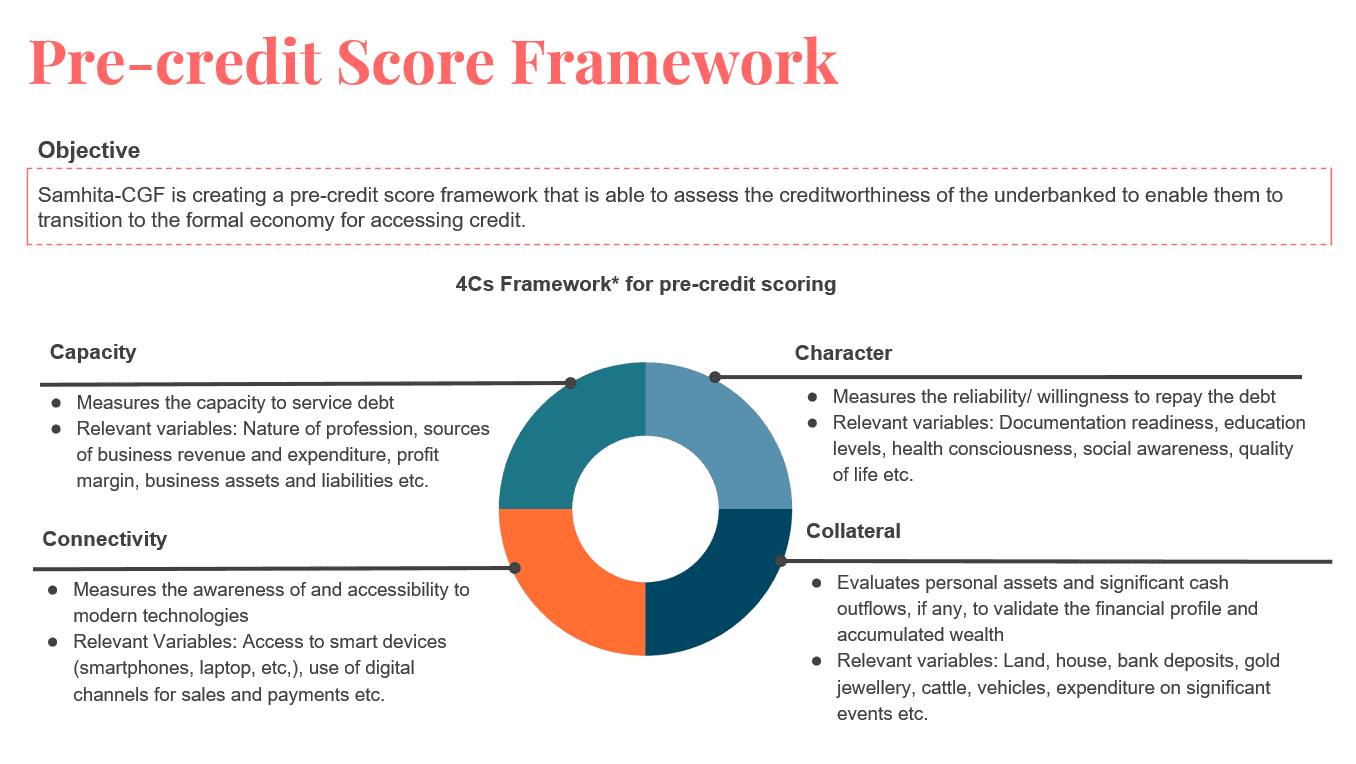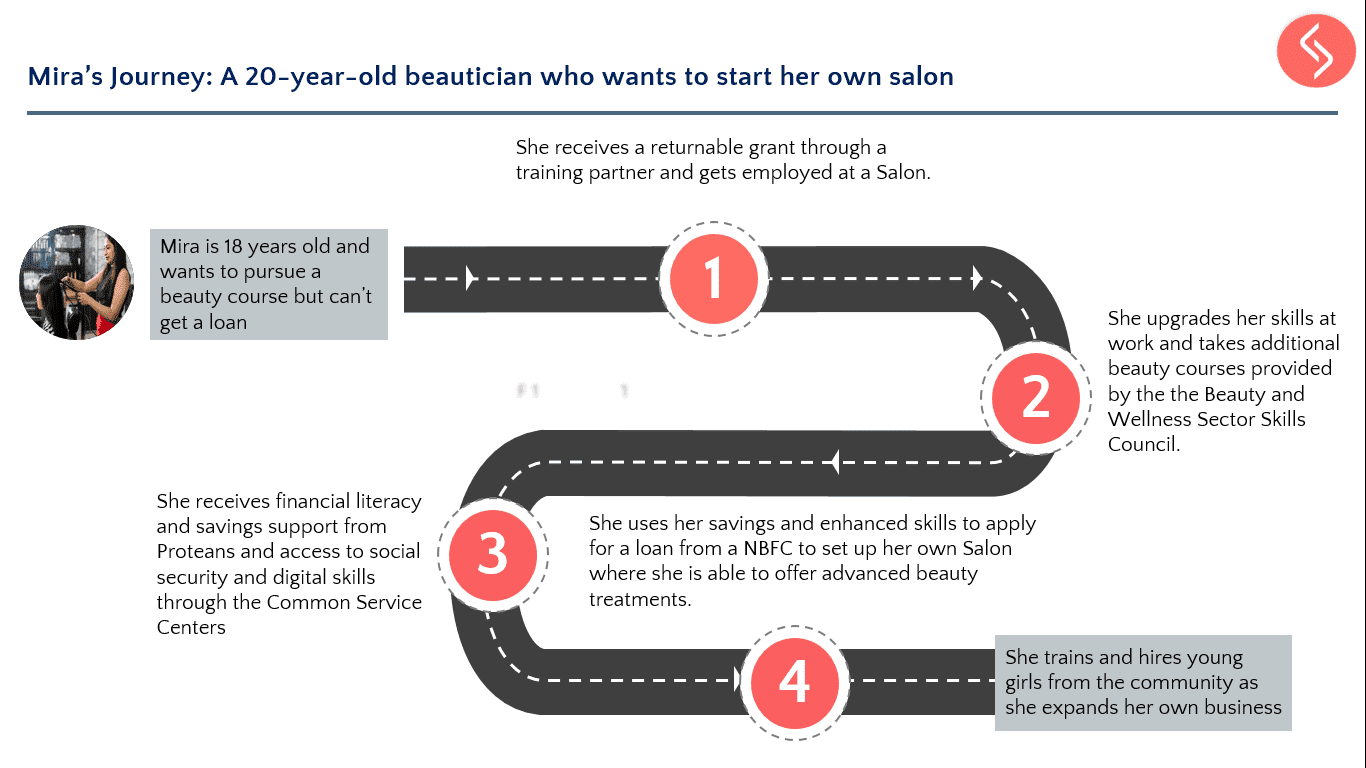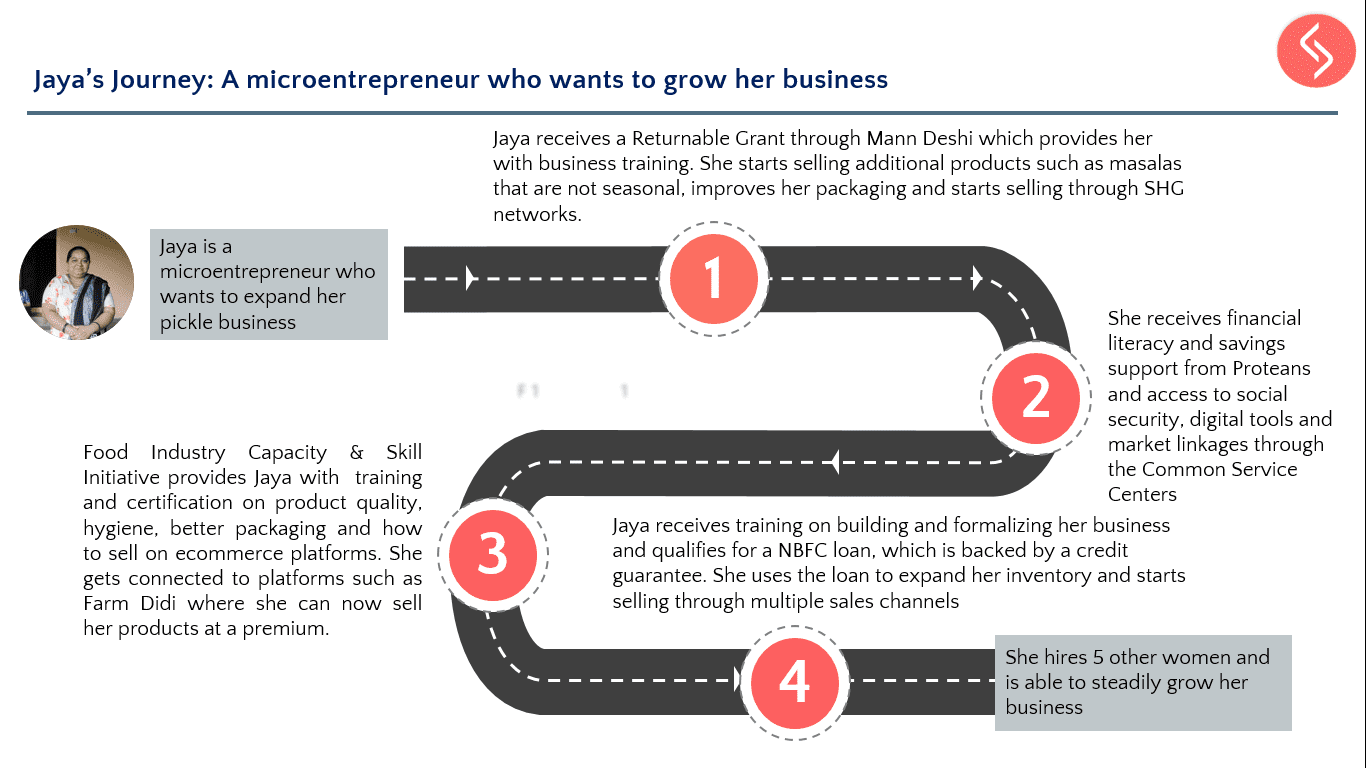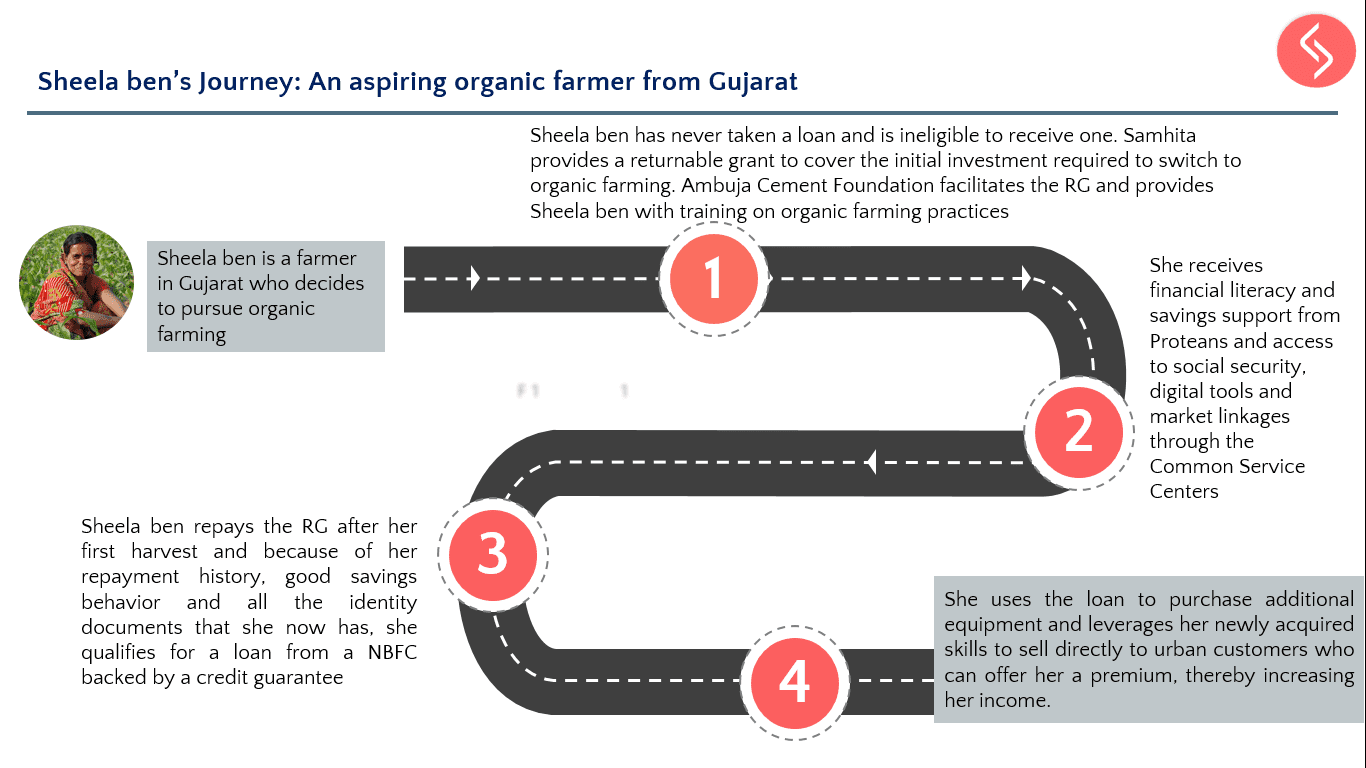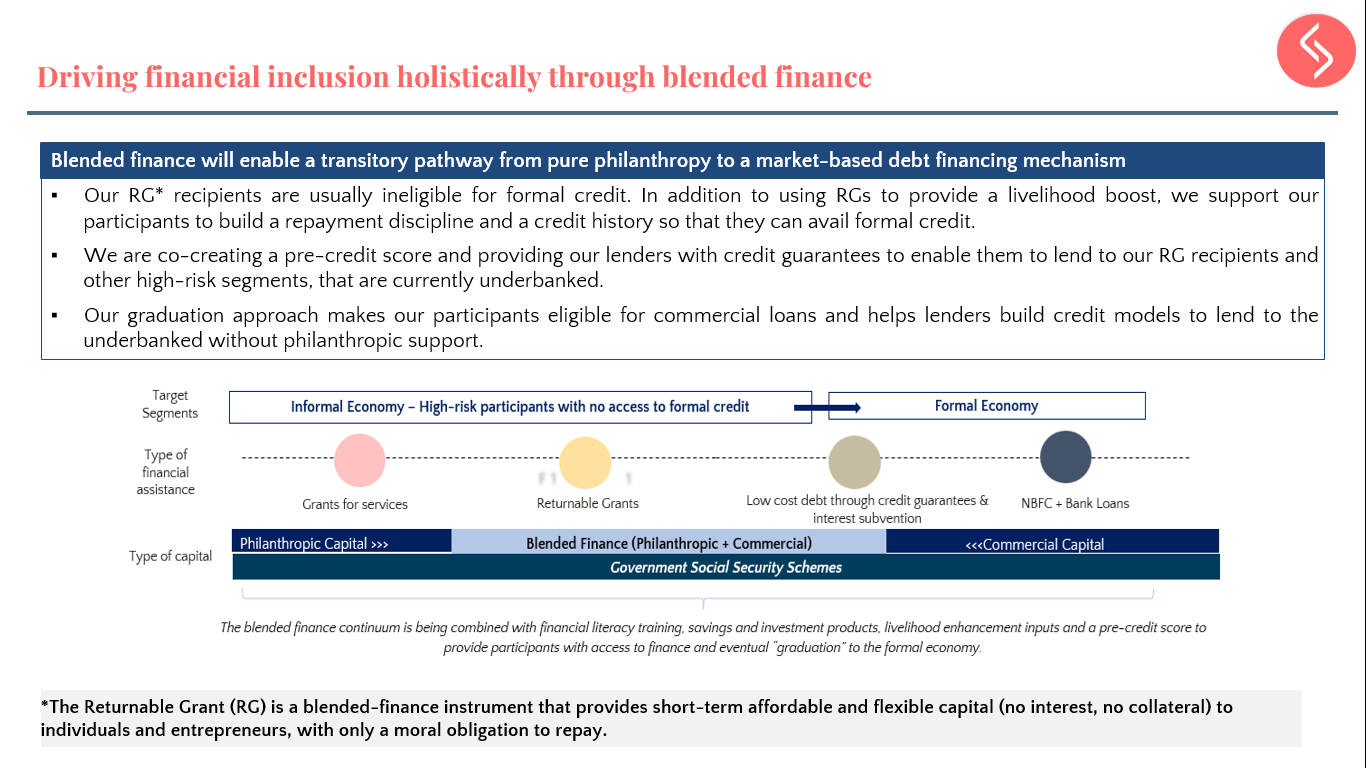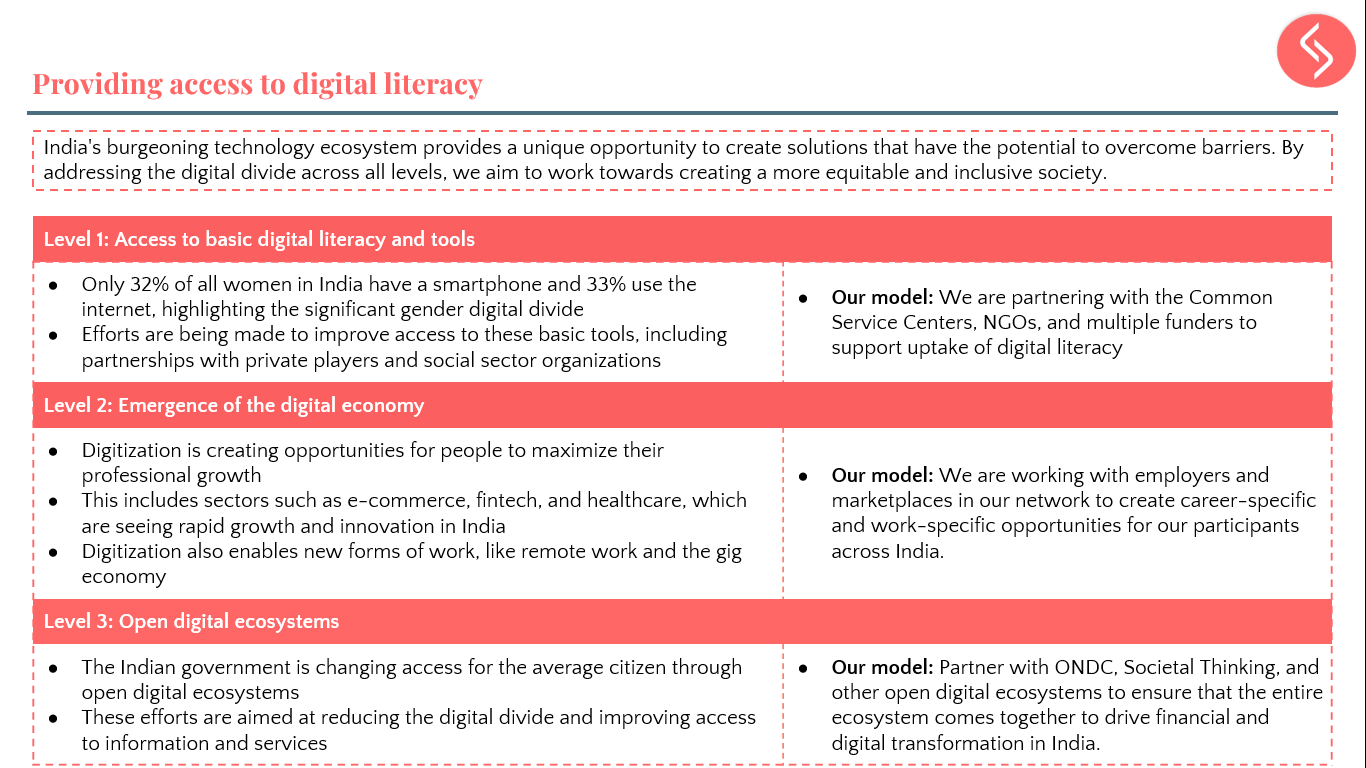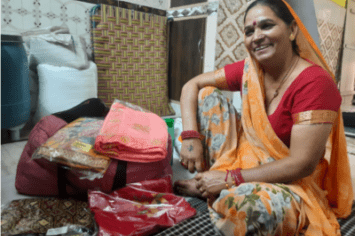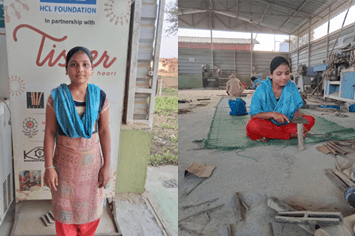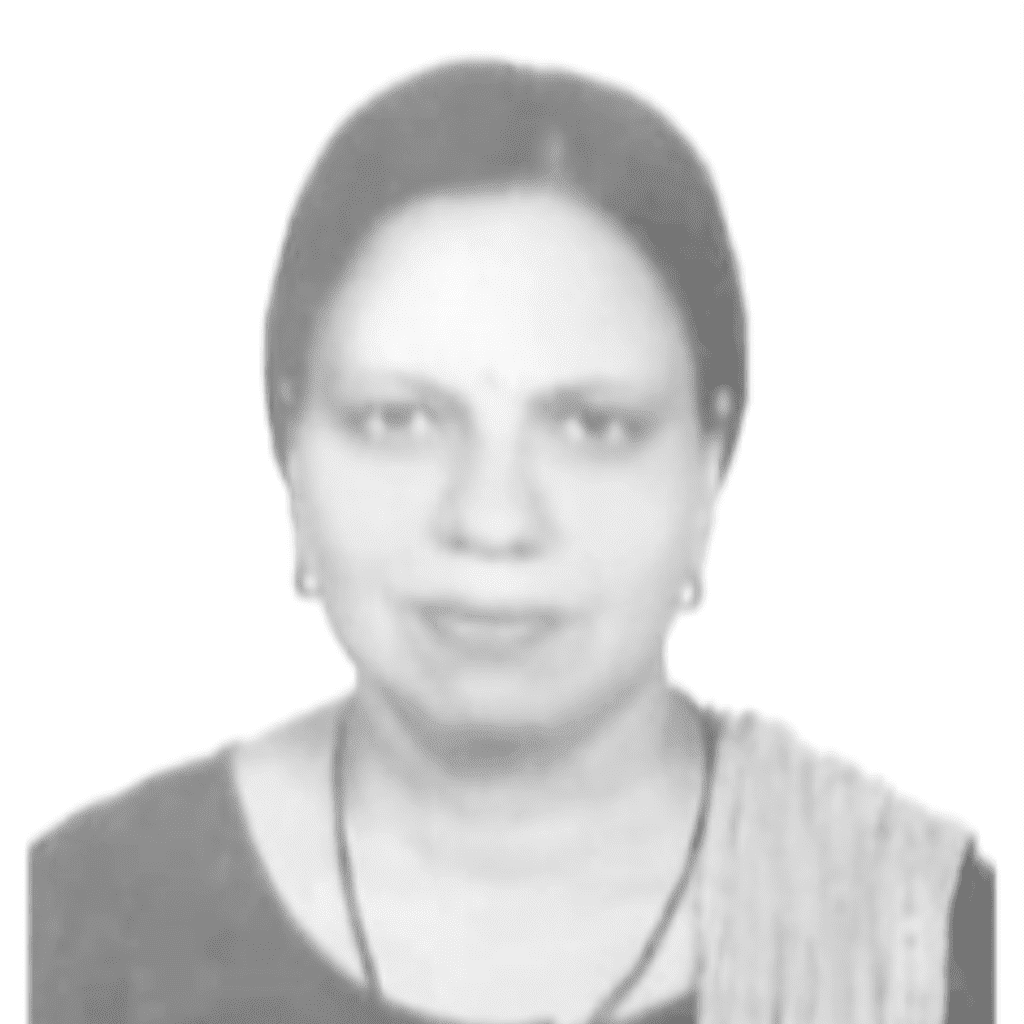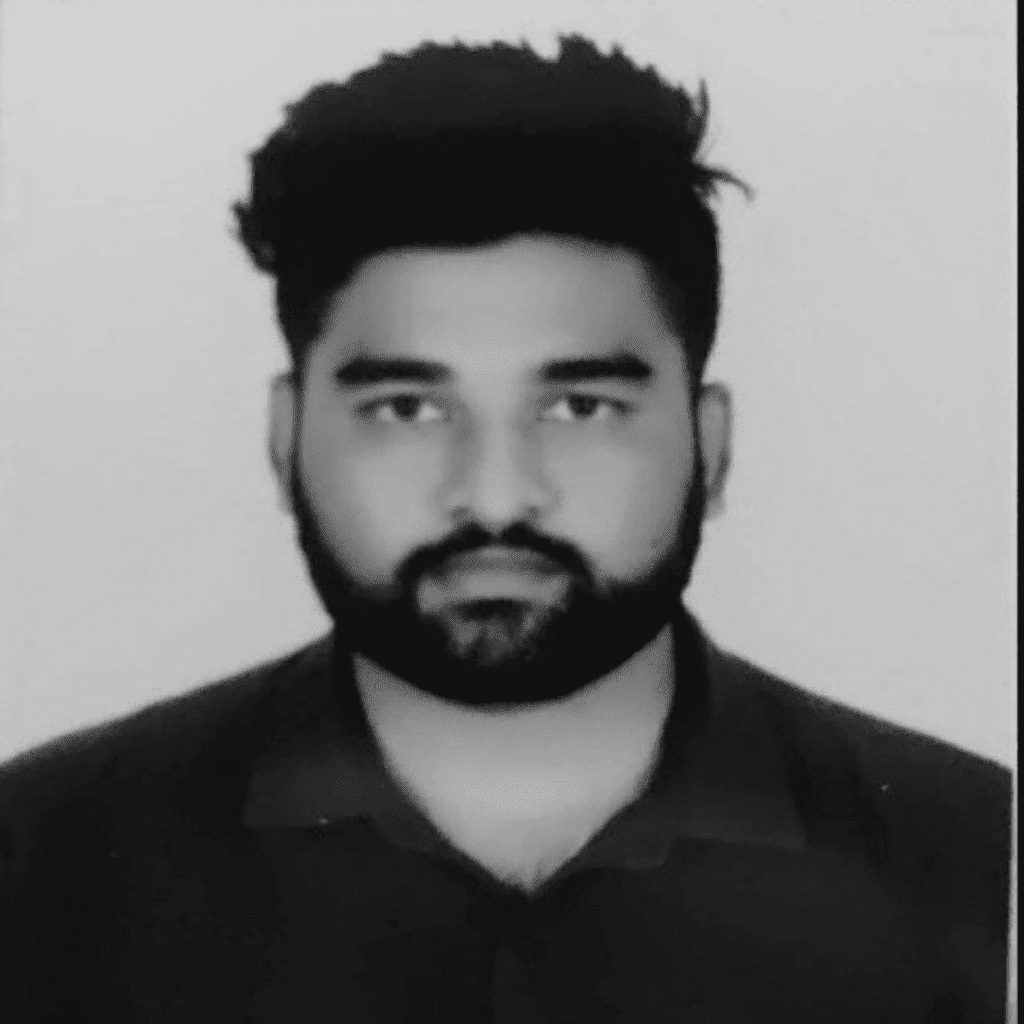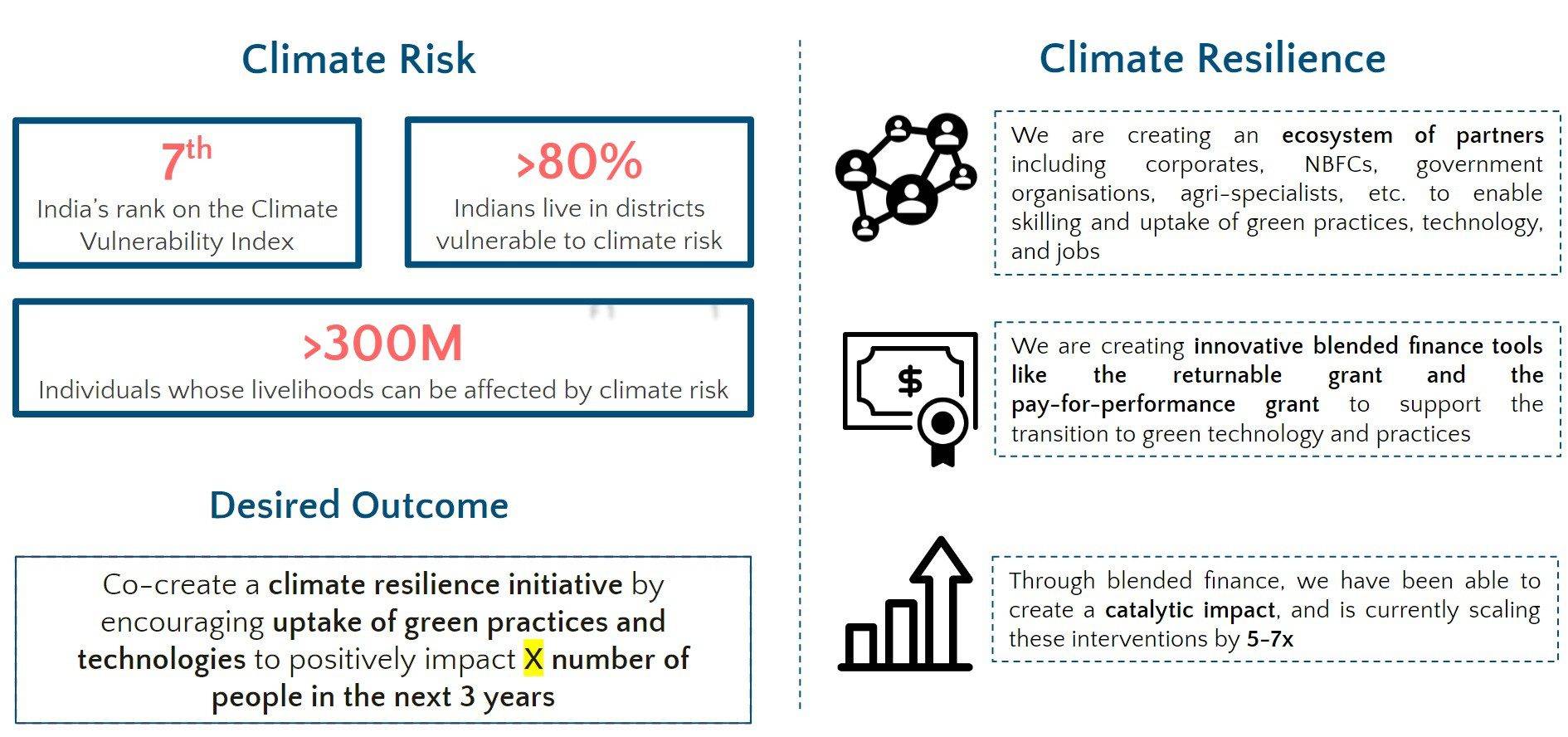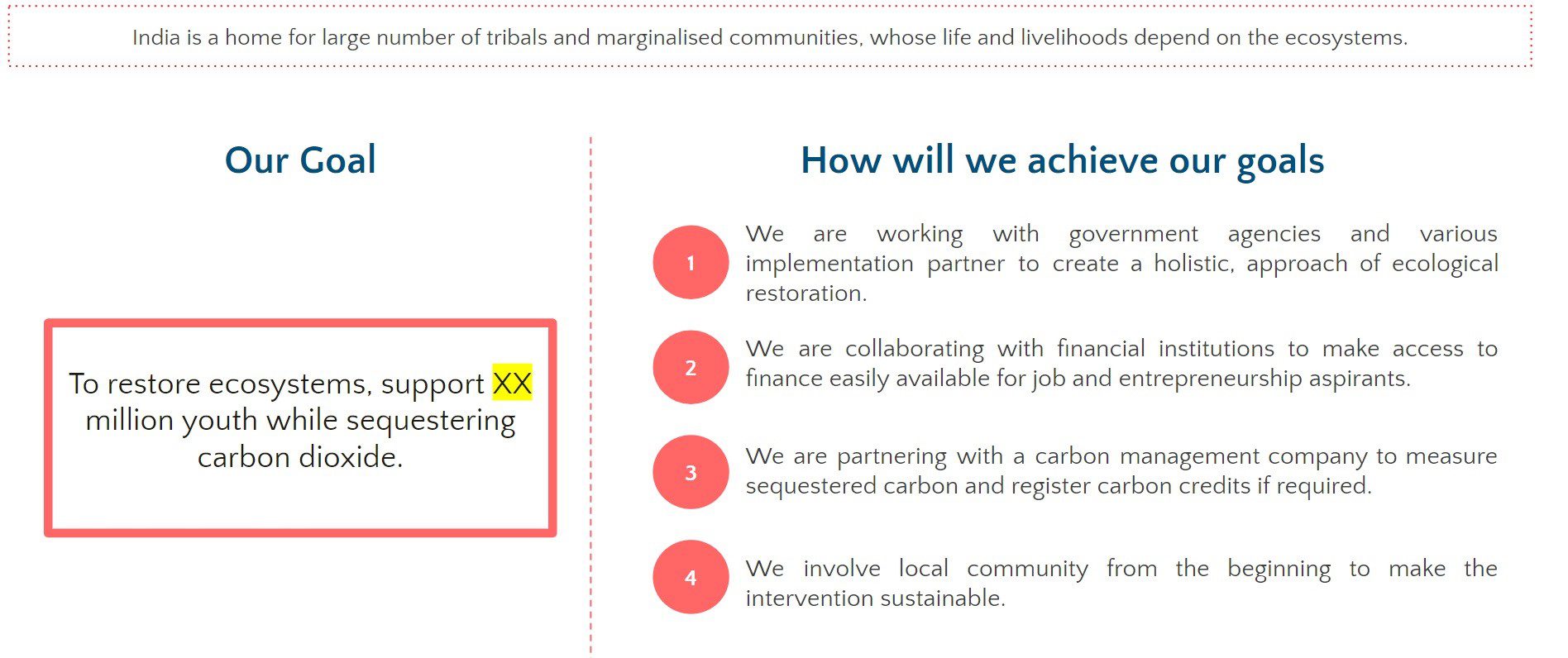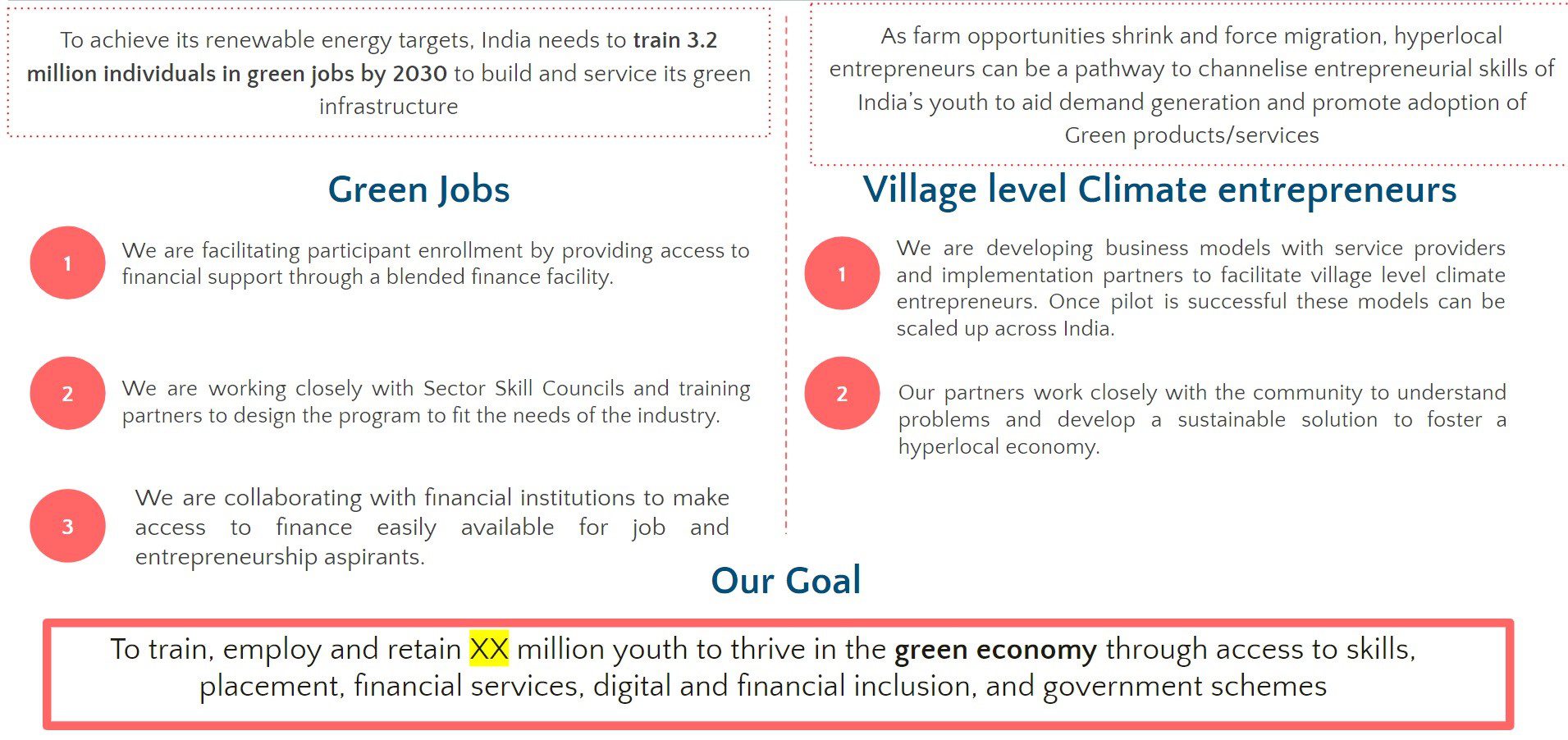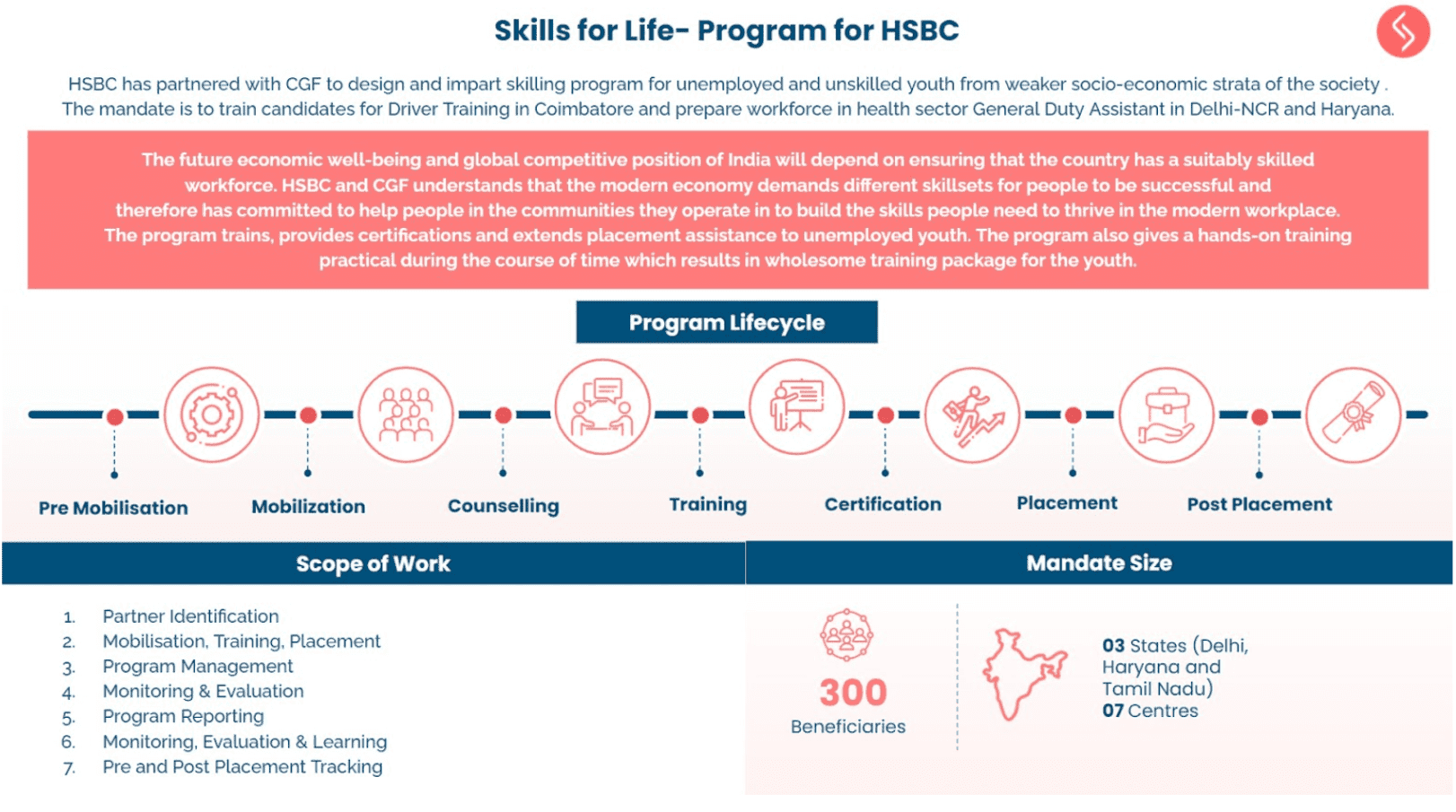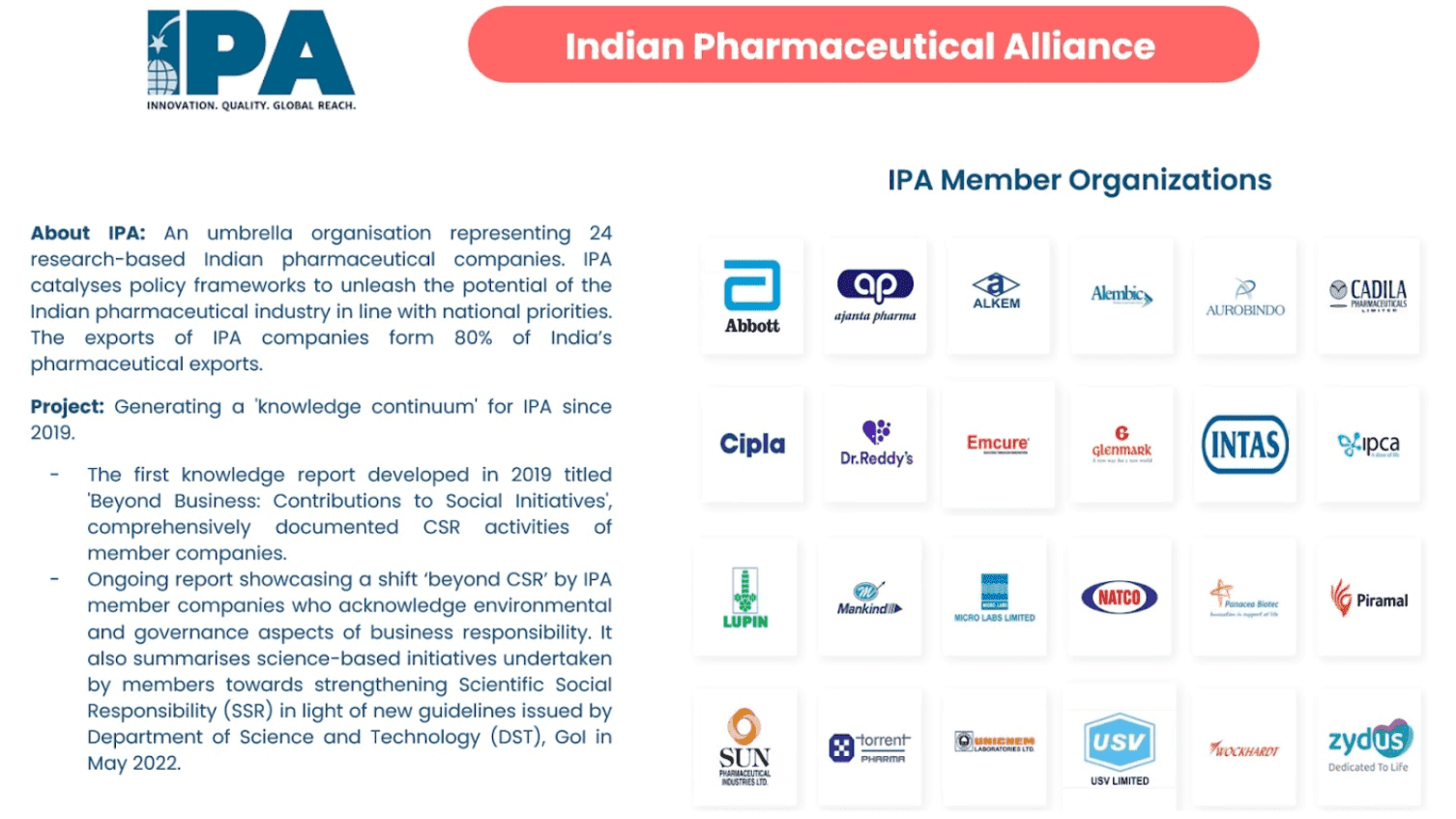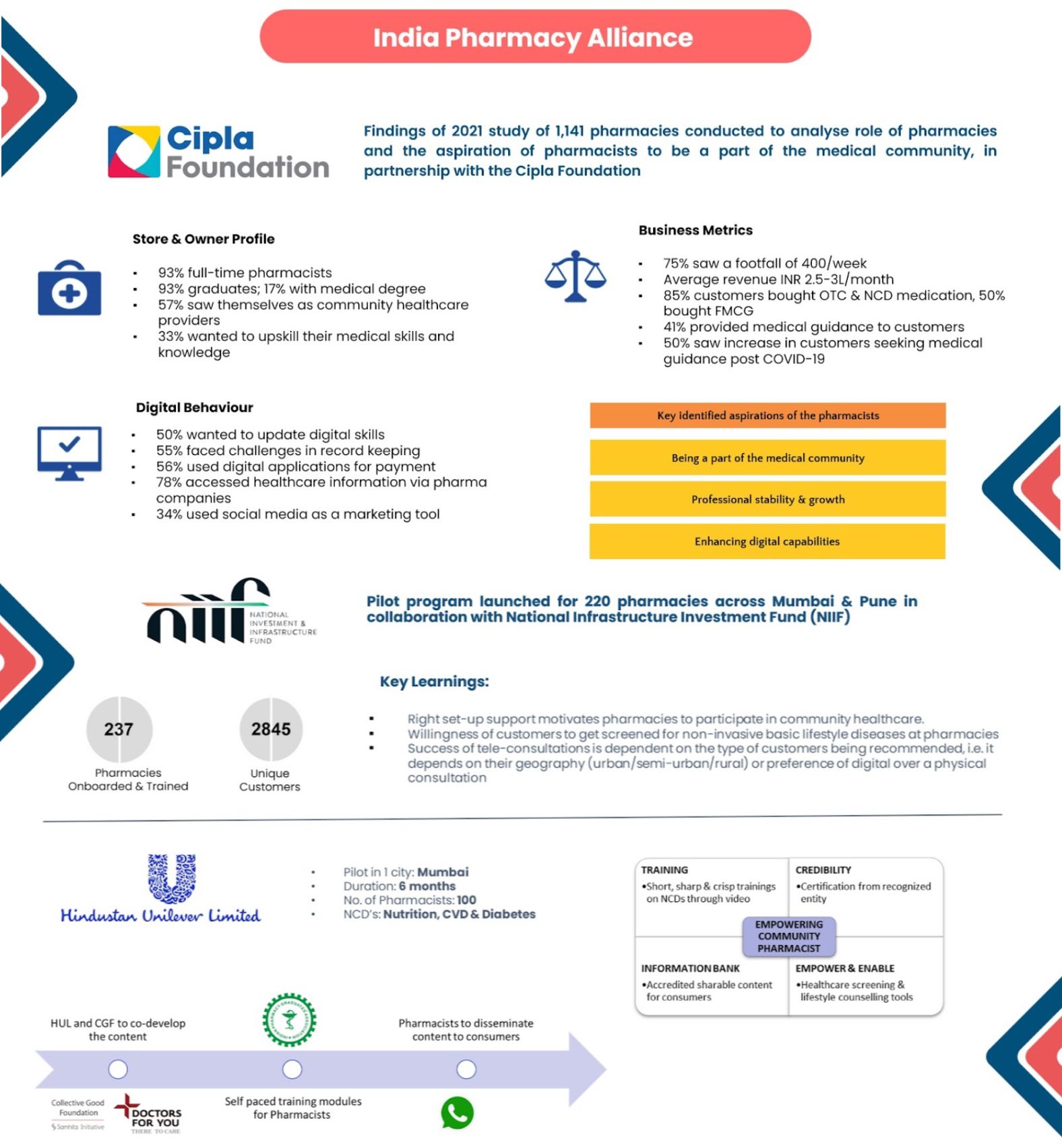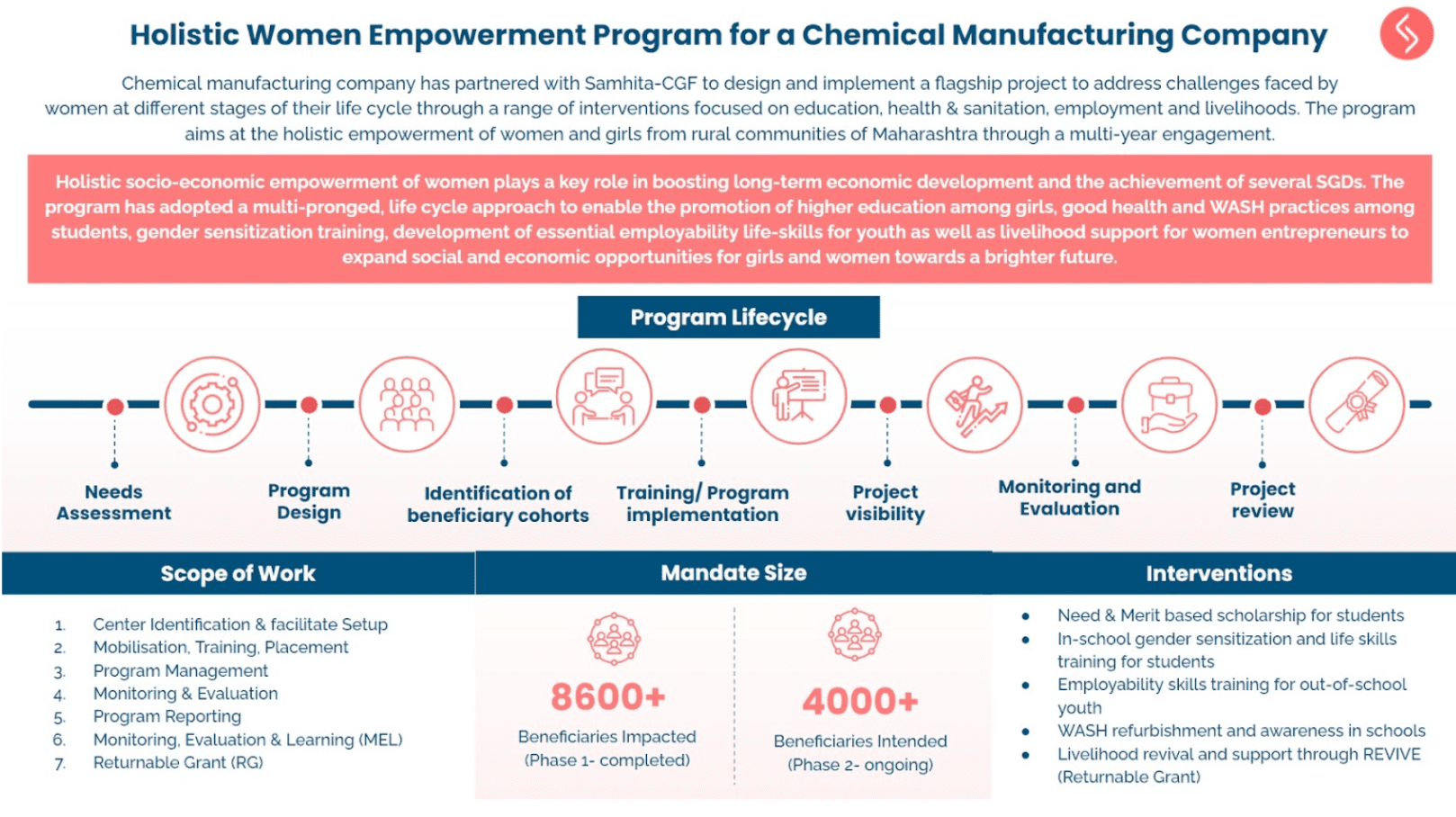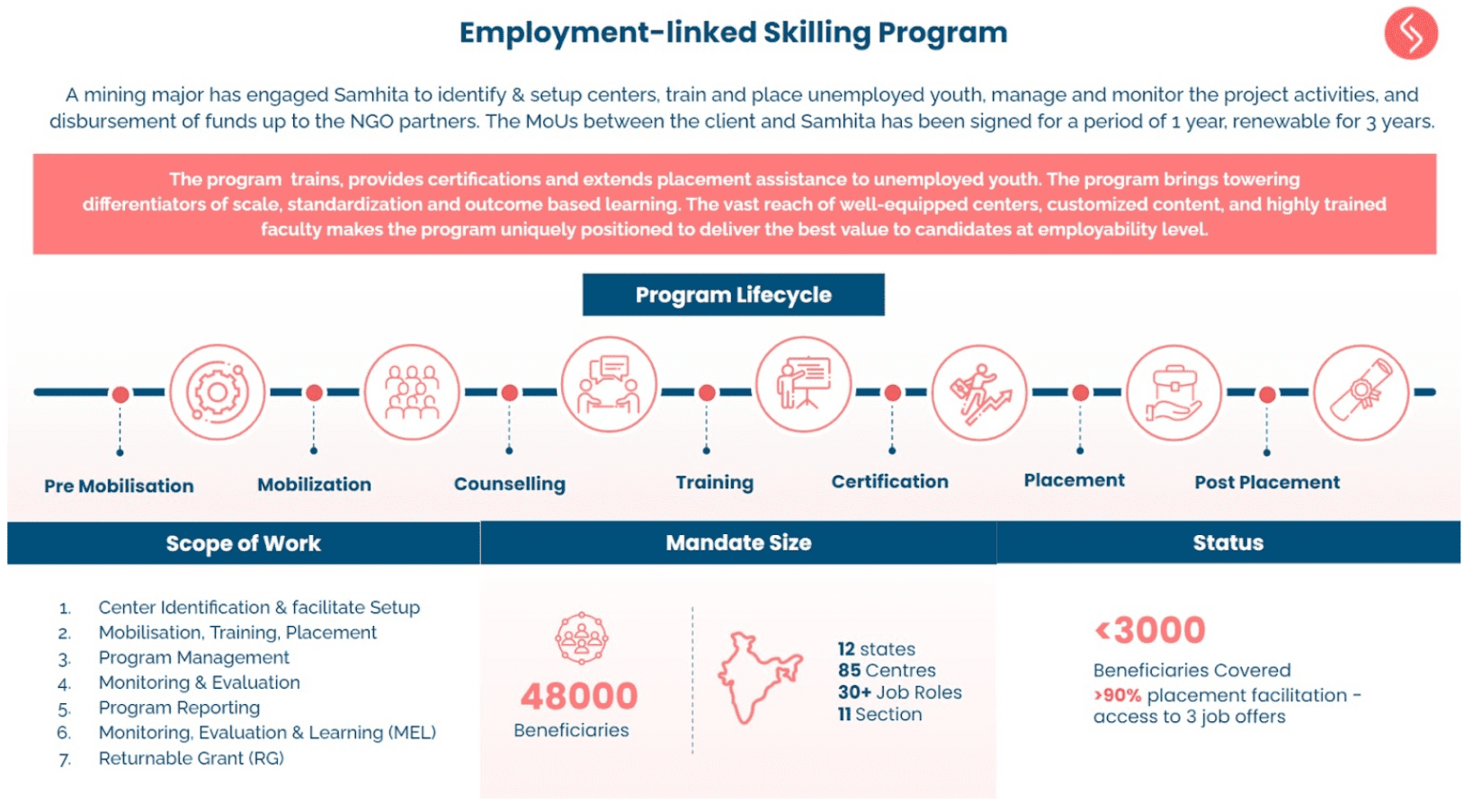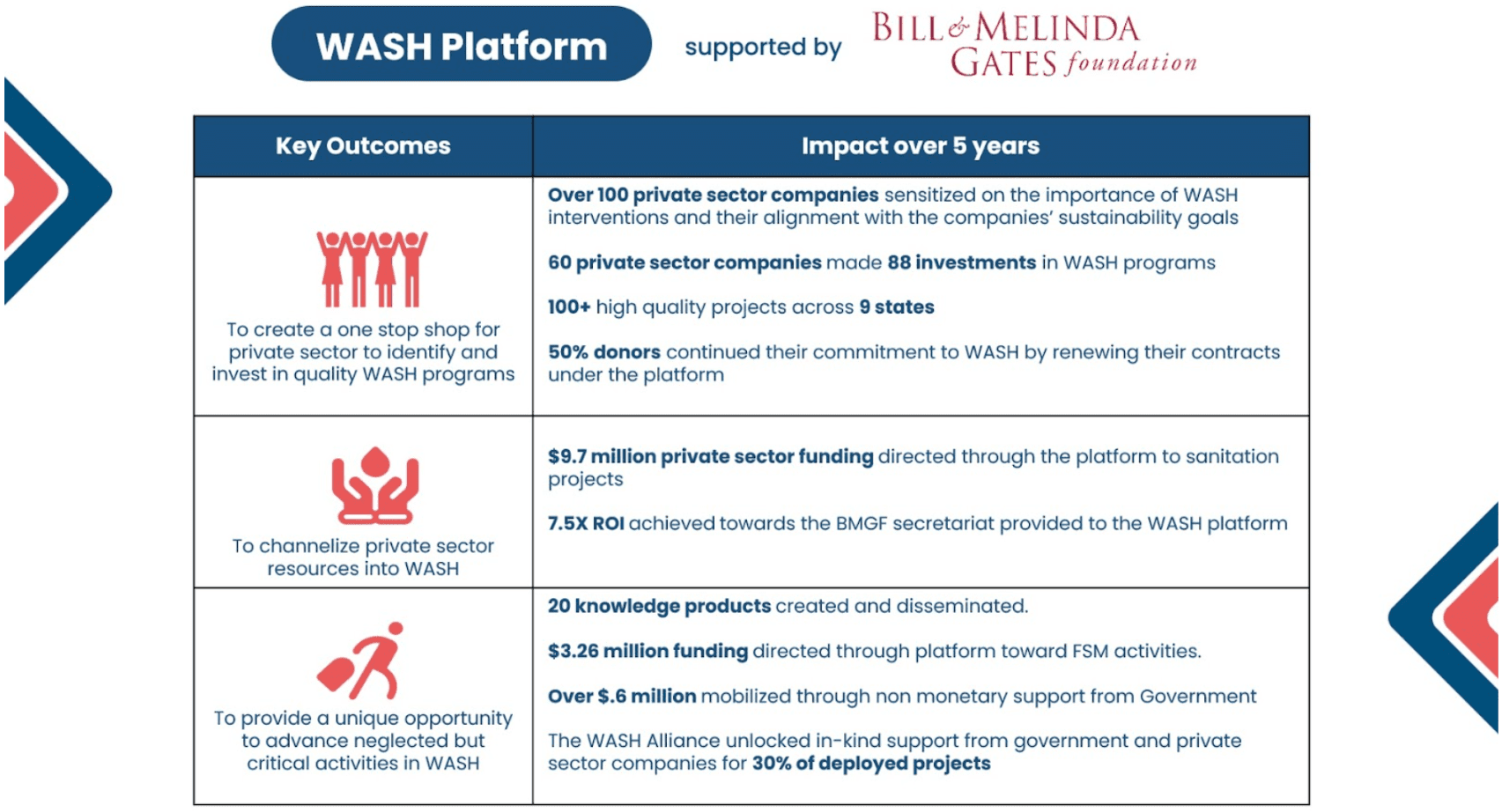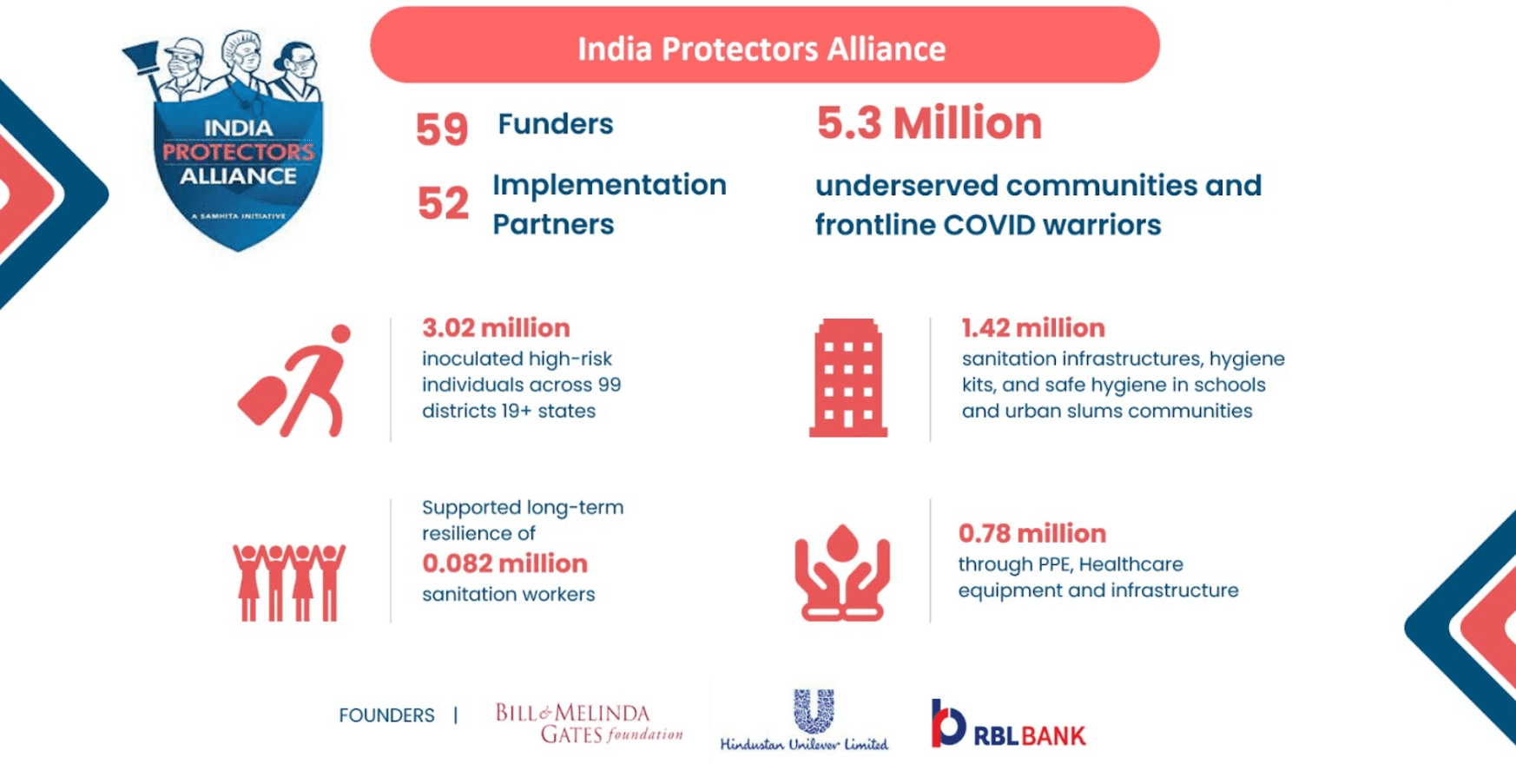Improving health outcomes for women: Medical pluralism may be the way to go
India has a long and rich history of traditional medicine systems, captured succinctly by the acronym AYUSH (Ayurveda, Yoga, Unani, Siddha, along with Homeopathy). Even as debates have raged about whether or not these traditional systems should be integrated into the biomedical mainstream, there is no denying that for a large segment of the population traditional medicine remains the first port of call to meet their health needs. According to National Sample Survey Office (NSSO) data for the year 2022-23, nearly half of India’s population—46% of the rural and 53% of the urban population—utilizes AYUSH healthcare systems. As India aims for universal health coverage by 2030, leveraging this acceptability and reach of AYUSH through its enhanced integration with mainstream healthcare systems will be crucial.
Policy recognizes the need for provider diversity
India’s healthcare framework is being reimagined under the National Health Policy, 2017, which emphasizes holistic healthcare, wellness promotion, disease prevention, and universal access to high-quality healthcare. With a focus on achieving comprehensive health coverage and improving health outcomes, the policy underscores the integration of AYUSH systems into mainstream healthcare delivery.
The policy focus is borne from a recognition of both the strengths of AYUSH and the health worker shortage that plagues India. A 2022 document by the World Health Organization (WHO), titled “Health workforce in India: where to invest, how much and why?”, posits that including AYUSH practitioners can increase the overall density of healthcare providers in India, thereby improving access to healthcare services. AYUSH practitioners can play a role in complementing allopathic providers and enhancing the healthcare workforce in India.
Greater clarity and standardization needed to address women’s health
The potential contribution AYUSH can make to women’s health is currently stymied by a lack of cohesive national policies for AYUSH practitioners, varying state-specific laws, and discrepancies in practice permissions. There is absence of a unified national policy delineating the role of AYUSH practitioners in sexual and reproductive health (SRH) service delivery. While the training curriculum for AYUSH doctors is standardized at the national level by the National Commission for Indian System of Medicine (NCISM), practice laws vary widely between states, affecting how far AYUSH practitioners integrate modern medical practices with traditional methods.
Maharashtra stands out for its progressive approach under the Maharashtra Medical Practitioners (MMP) Act of 1961, which allows AYUSH practitioners to practice modern medicine without additional training. This inclusive policy enhances their capacity to deliver comprehensive women’s health services. Institutions like RA Podar Ayurved Medical College and Hospital in Maharashtra exemplify this integration, where Ayurvedic obstetricians and gynecologists actively perform procedures such as caesarean sections and hysterectomies. AYUSH doctors in Maharashtra, both in private and public sectors, are authorized to prescribe oral contraceptive pills (OCPs), emergency contraception (EC), and conduct intrauterine contraceptive device (IUCD) insertions, demonstrating their diverse role in achieving improved health outcomes for women.
There are other some other efforts to improve AYUSH integration for women’s health. AYUSH networks like the National Integrated Medicine Association (NIMA) and the Kaashyapi Ayurveda Gynaecologists and Obstetricians Foundation (KAGOF) play crucial roles in advocating for and advancing the integration of AYUSH practices. Established in 1948, NIMA represents nearly 2.5 lakh AYUSH doctors across 17 states. The NIMA India Women Forum, with 30-40,000 women members, focuses on women’s health issues and collaborates with NGOs for capacity building. KAGOF focuses on unifying Ayurvedic practitioners and advancing their practices with modern technologies, aiming to standardize AYUSH laws and practices nationally.
Despite these efforts, gaps remain in the provision of guidelines for AYUSH practitioners, particularly in the private sector, where regulatory frameworks are less defined compared to the public sector. In public sector, Per IUCD Reference Manual, AYUSH doctors are authorised to do postpartum IUCD insertions after training. Addressing these gaps requires a multifaceted approach, starting with advocating for clear, national-level policies that uniformly authorize AYUSH practitioners to dispense family planning (FP) products and provide comprehensive women’s health services. This includes aligning AYUSH roles in national FP program guidelines and ensuring consistency in state regulations.
Equally, it is critical to develop specific guidelines and robust training programs for AYUSH practitioners in the private sector. Collaborations between private hospitals, medical colleges, and accredited training institutions can develop standardized training modules that equip practitioners with updated knowledge and skills in SRH care. Continuous professional development programs are essential to ensure AYUSH practitioners are abreast with advancements in SRH services. The Ministry of AYUSH and the Ministry of Health and Family Welfare (MoHFW) must collaborate to develop and implement these guidelines, setting clear standards for AYUSH practice in SRH. Networks like NIMA and KAGOF can facilitate this process by fostering collaboration among AYUSH practitioners and promoting standardization.
AYUSH practitioners’ integration with women’s health services can not only enhance provider diversity but also significantly improve health outcomes. By overcoming regulatory challenges, enhancing training frameworks, and advocating for policy reforms, India can effectively harness the strengths of its traditional medicine systems to achieve universal health coverage and better health outcomes for all.
